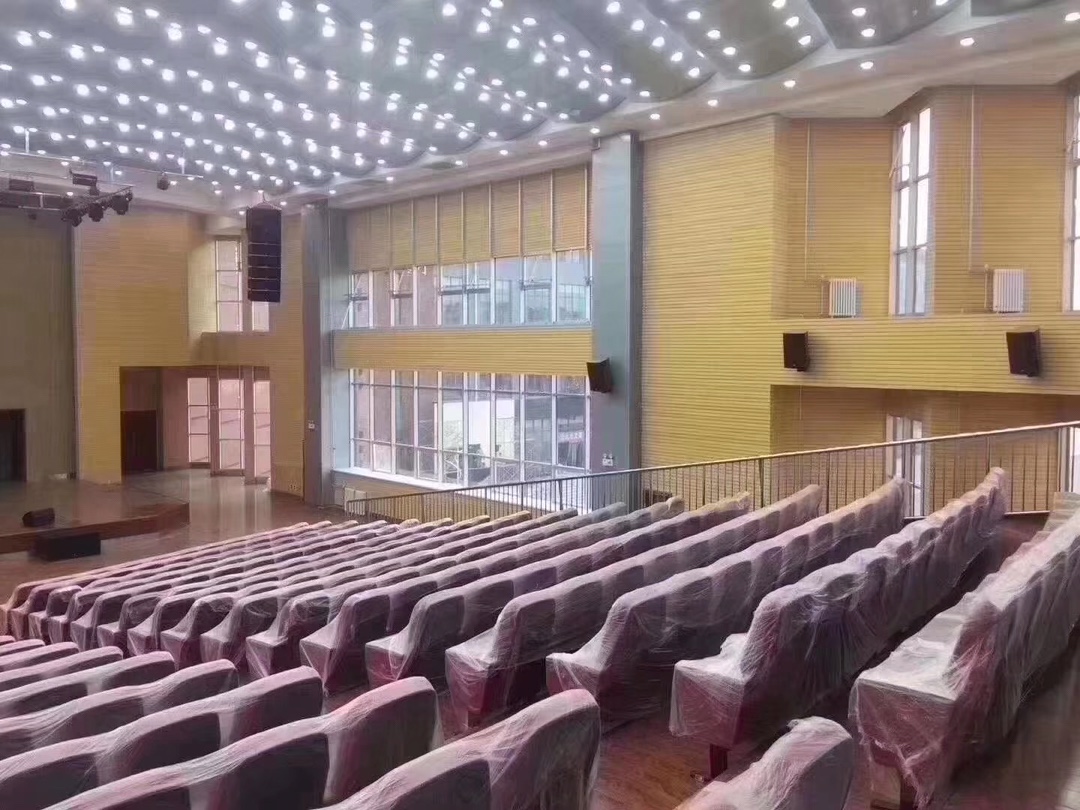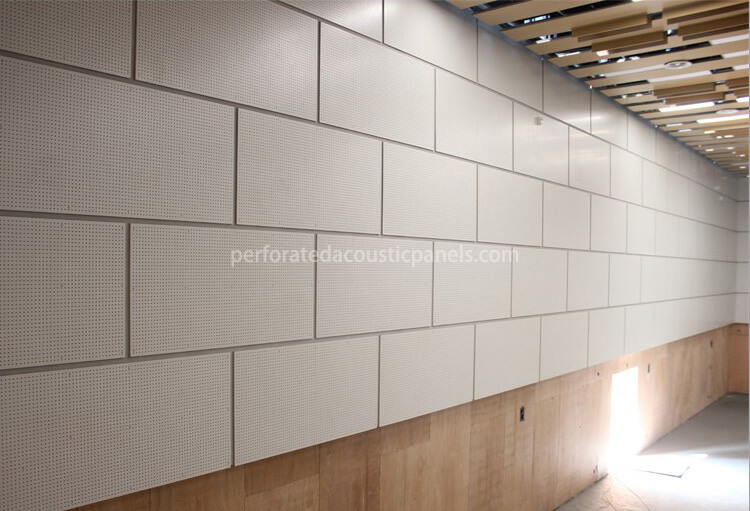I. Introduction
To ensure an optimal experience in any room – be it a concert hall, conference room, home theater or otherwise – balanced acoustic performance is of utmost importance. How sound behaves within a room has a dramatic impact on its inhabitants; excessive echoes, reverberations or noise can obscure speech clarity as well as music or other audio elements.
One effective solution for these acoustic challenges is using acoustic timber panelling. Not only can these panels add aesthetics and functionality to a space, they’re also essential in attaining optimal sound quality – by strategically placing MDF wood panelling on walls and ceilings it is possible to create environments with excellent clarity, minimal echoing, and controlled reverberations.
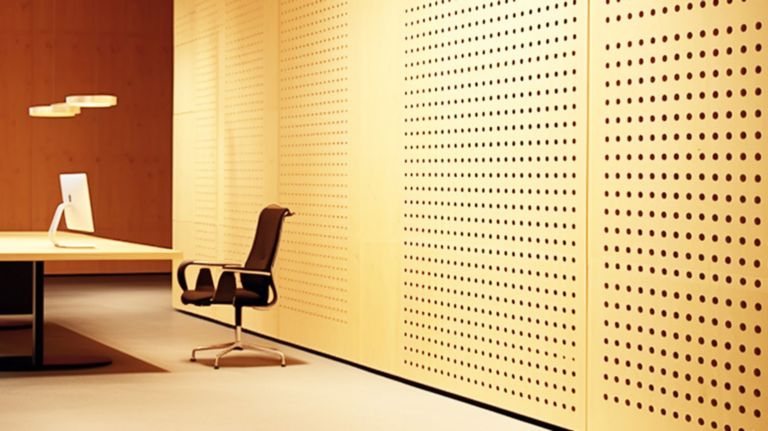
II. Understanding Acoustic Wood Panelling
Acoustic wood panelling refers to specially engineered panels made of different kinds of wood that have been specifically engineered to absorb, diffuse, and control sound waves. Each of these panels has been designed for maximum absorbency with both functionality and aesthetics in mind, making them the ideal solution for commercial as well as residential spaces alike.
Wood offers one of the primary benefits for use as an acoustic paneling material: natural sound absorption properties. Wood has inherent qualities which enable it to absorb sound waves and reduce their reflection back into the room, thus helping minimize sound distortion and create a more pleasing acoustic environment.
Soundproof wood panelling provides endless design and customization possibilities. Acoustic timber panelling can be formed into various shapes, sizes and finishes to meet varying architectural styles and interior preferences – be they modern sleek looks or rustic rustic interior design styles. Wood paneling solutions exist that will complement any space.
Acoustic wood panelling provides a warm and welcoming ambiance due to the natural beauty of wood. The textures, grains, and colors of wood add a sense of elegance and sophistication while simultaneously improving a room’s acoustic performance.
By adding acoustic wall panelling MDF into your space, you can achieve an ideal combination of aesthetics and acoustic functionality. We will now discuss different types of timber wall panelling available and their suitability for different applications.
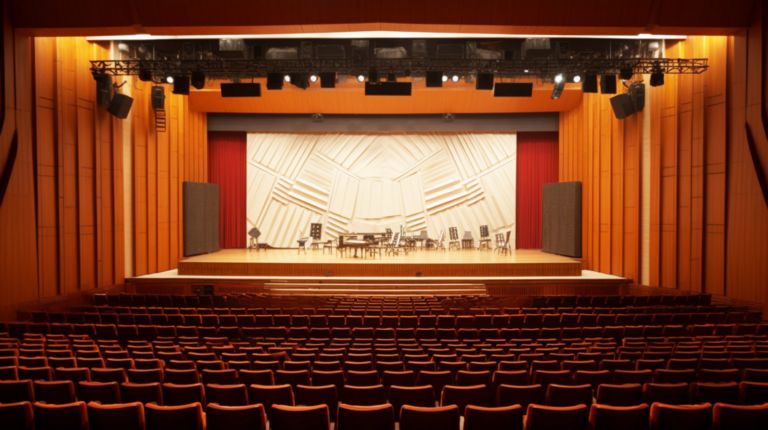
III. Types of Acoustic Wood Paneling
When it comes to acoustic wood panelling, there are various options to consider; each providing their own individual benefits and suitability for specific applications. Let’s examine some of the most frequently employed varieties:
MDF (Medium-Density Fiberboard) Wall Panelling:
MDF wall panelling is an affordable and versatile choice for acoustic wood paneling applications due to its affordability and versatility. Made by compressing wood fibers with resin to form dense panels with excellent soundproofing qualities. MDF panelling for walls offers great acoustic absorption properties, making it suitable for areas such as recording studios or home theaters where sound control is crucial.
Timber Wall Paneling:
Timber panelling is widely revered for its natural beauty and durability. Available in various wood species like oak, walnut and cherry, acoustic timber wall panelling offers many aesthetic choices that enhance not only a room’s acoustics but also add elegance and sophistication – commonly found in high-end residential spaces, auditoriums and concert halls.
Laminate Wood Panelling:
Laminate wood paneling offers the aesthetic beauty and affordability of real wood while being more practical and cost effective than its real wood counterpart. With many design possibilities that mimic various wood species’ appearances, laminate wood panelling is suitable for spaces requiring both aesthetics and acoustic performance, such as hotels, restaurants or conference rooms.
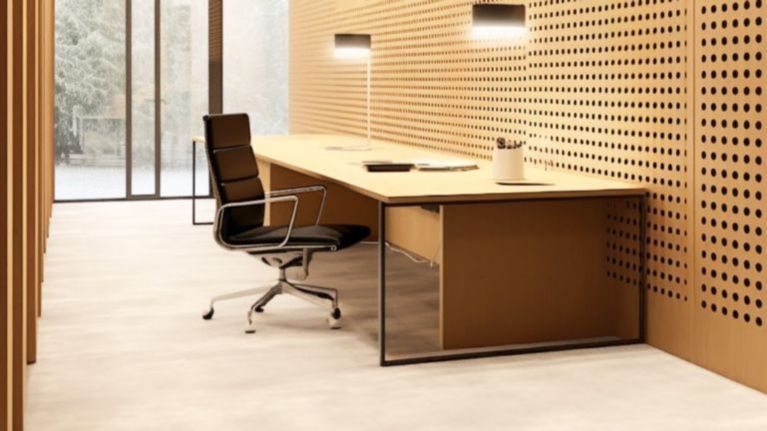
IV. Installation and Design Considerations
Proper installation of MDF panelling wall is essential to optimizing its acoustic performance, so here are a few key points:
- T&G (Tongue and Groove) panelling MDF Installation: This technique for mounting MDF t&g panelling is one of the most widely-used methods for installation, as its tongue fits neatly into the groove on adjacent panels to form an uninterrupted connection, helping minimize gaps while providing optimal sound insulation.
- Proper Panel Placement: When placing wood panelling MDF strategically around a room, take note of its layout and dimensions for optimal placement. Placing panels strategically along walls and ceilings can help control sound reflections while mitigating unwanted echoes.
- Panel Thickness and Density: Wood panels’ thickness and density play an important part in their acoustic performance. Thicker and denser MDF wood panelling for walls tends to offer better sound absorption and diffusion capabilities; consult with an acoustics expert or manufacturer regarding what specifications will meet your unique requirements.
- Professional Installation: To achieve optimal results, wood panelling installation should be undertaken by trained experts. They possess the know-how required for optimal alignment, secure attachment, and seamless integration with other architectural features.
Consider these installation and design factors when optimizing the acoustic performance of your space for a harmonious auditory experience.
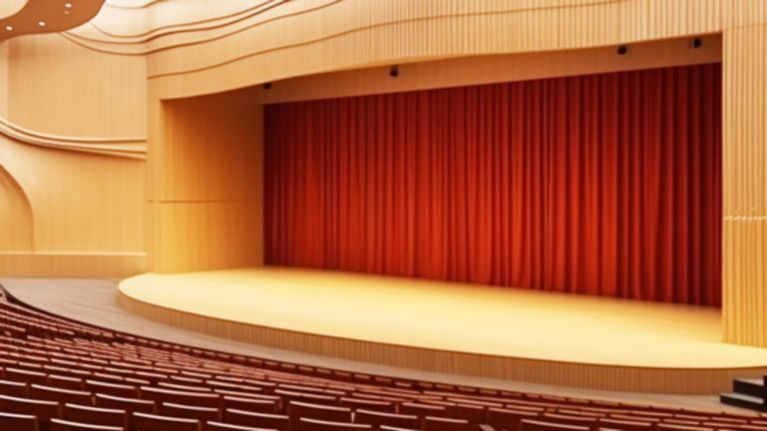
V. Soundproofing and Acoustic Performance
Acoustic wood panelling not only improves sound absorption, but it also contributes to soundproofing. Soundproofing involves decreasing sound transmission between spaces while maintaining privacy and minimising disturbances – with construction and properties of acoustic wood panelling playing an essential part in achieving effective soundproofing.
Thickness and Density of Wood Panels:
Thick and dense MDF sheet wall panelling provides more effective soundproofing, by absorbing and dissipating sound waves so they cannot pass through into adjacent spaces.
Construction and Design:
Acoustic wood panelling’s construction and design also affect its soundproofing performance. Panels featuring multiple layers or including extra sound-absorbing materials like foam or mineral wool offer increased soundproofing properties by trapping vibrations that reduce sound transmission through them.
Sealing and Insulation:
Proper sealing and insulation around the edges and joints of wood panelling acoustic is vital to effective soundproofing, since gaps or air leaks could compromise its soundproofing abilities. Using acoustic sealants during installation helps create an airtight barrier against sound leakage.

VI. Applications of Acoustic Wood Panelling
Acoustic MDF board for wall panelling has many applications in various spaces where sound control and aesthetics are essential components. Let’s explore some common areas where it is being utilized:
Theaters and Auditoriums:
Acoustic panelling wood has become an indispensable asset in theaters and auditoriums to enhance sound quality and create an immersive experience for audiences. Acoustic wood paneling helps control echoes, enhance speech intelligibility, and optimize overall acoustic environments by controlling echoes, improving speech intelligibility, and improving overall acoustic environments.
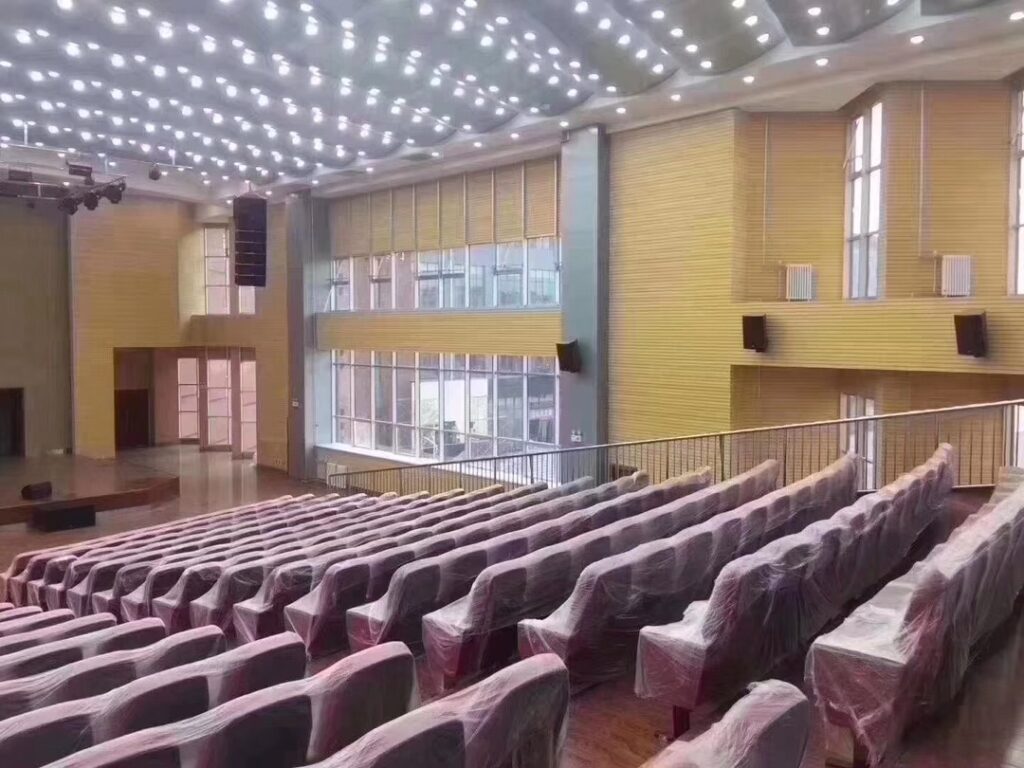
Recording Studios:
Recording studios require precise sound control to produce high-quality audio recordings. Acoustic MDF t&g wall panelling helps minimize reflections and external noise to provide a balanced recording environment.
Home Theaters:
Acoustic acoustic wood wall panelling adds tremendous value to home theaters by creating an ideal cinematic atmosphere by dampening echos and improving audio playback clarity, adding elegance to any space it inhabits.
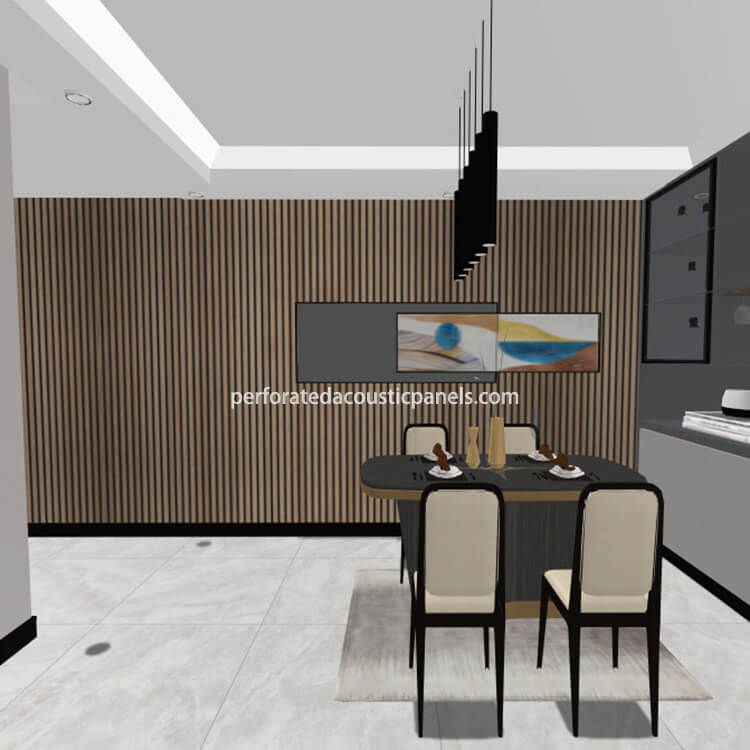
Slatted Models Wood PET Panels
Wood Wall Slat Panels PET Felt Acoustic Board Factory Direct Free Samples PET Wood MDF Veneer
Restaurants and Cafes:
Acoustic ceiling MDF panelling makes for a more relaxing dining experience by reducing noise levels and improving speech intelligibility, creating an ideal ambiance where patrons can communicate without interruptions.
Conference Rooms and Offices:
Acoustic MDF sheets for panelling in professional settings can create a highly productive and focused work environment by minimizing noise distractions, improving speech clarity during meetings and improving overall acoustics for improved communication.
Acoustic wood panelling offers many advantages beyond its soundproofing properties. Wood’s natural warmth and aesthetic appeal add an elegant touch to any space, making it an excellent option for creating functional yet visually pleasing design solutions.
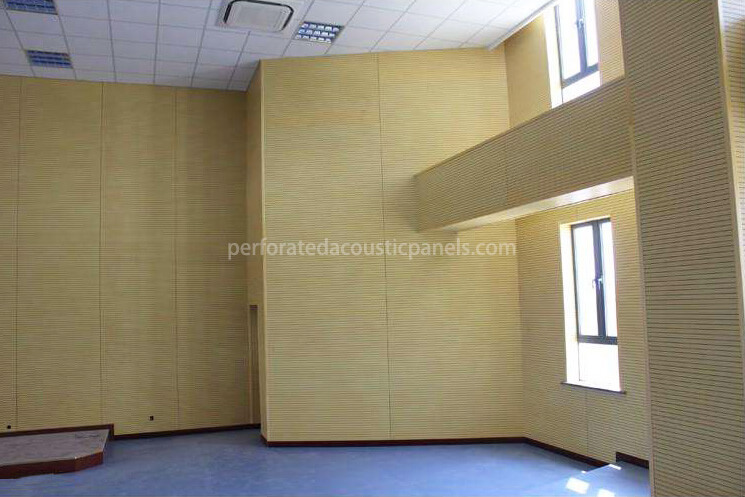
Wood Acoustical Wall Panels
Wooden Acoustic Wall Panels Acoustic Wall Panel Installation MDF Acoustic Board
VII. Conclusion
In conclusion, acoustic wood panelling can provide an effective means to balance acoustics in various spaces. By installing them into rooms or surfaces in which sound absorption and control of reverberations need improvement and an enjoyable auditory experience can be created.
Through this article, we have examined various forms of sound absorption wood panelling – MDF, timber and pine. Each type has unique properties and applications suited for specific circumstances – whether affordability, durability or aesthetic appeal is of equal concern, there will always be wood paneling solutions suitable to your needs.
We have also discussed the significance of proper installation and design considerations. Tongue and groove installation, optimal panel placement, panel thickness/density considerations are key factors to optimizing acoustic performance.
Additionally, we have demonstrated how acoustic wood panelling(wooden panelling details 2440x133mm or 600x1200mm) contributes to soundproofing by reducing sound transmission. Thickness, density, construction methods, and proper sealing all play an integral part in providing effective soundproofing solutions.
Finally, we explored various applications where wood acoustic panelling is commonly employed. From theaters and recording studios to home theaters and restaurants, these panels enhance sound quality while adding elegance to a space.
In summary, when it comes to selecting an acoustical wood panelling solution that best meets your specific requirements it is vitally important that the type of paneling selected meets these specifications. Consult with experts or manufacturers in acoustics so as to select panels with equal emphasis placed upon aesthetics and acoustic function.
Integrating sound absorbing wood panelling into your space can not only add visual appeal but also improve sound clarity, reduce echo effects, and ensure controlled reverberations – whether designing a concert hall, conference room, or home theater! Consider the advantages that wood acoustic panelling brings in terms of creating balanced acoustic performance.
Consider your selection carefully; choosing the appropriate acoustic perforated sheet can dramatically change the acoustic experience and add both beauty and sound quality. Choose wisely for an enjoyable combination of aesthetics and sound.
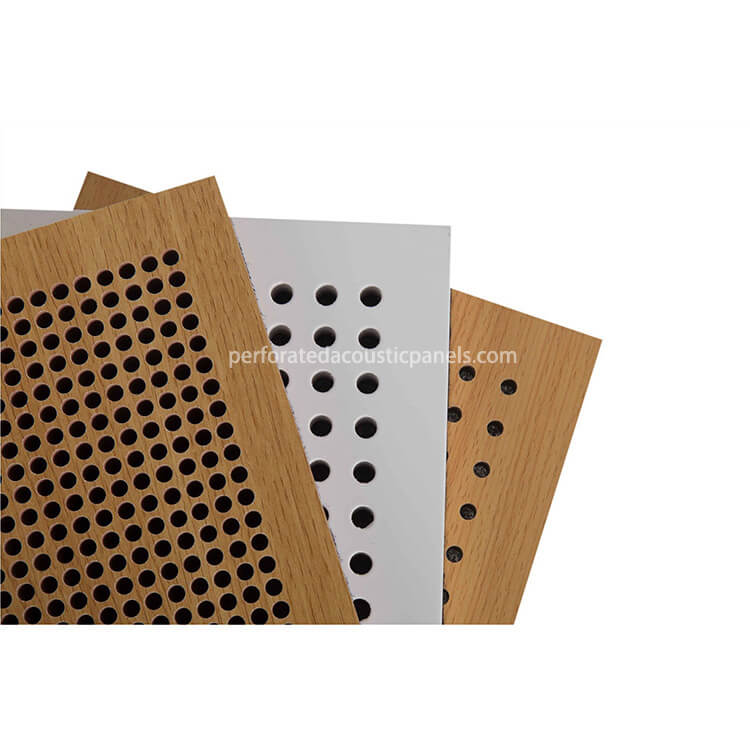
Perforated Sound Absorption Panels
Perforated Acoustic Panels China Wooden Sound Absorption Panel Perforated Acoustic Panels Price
